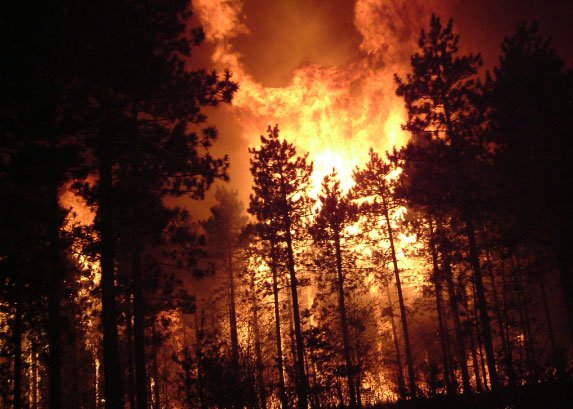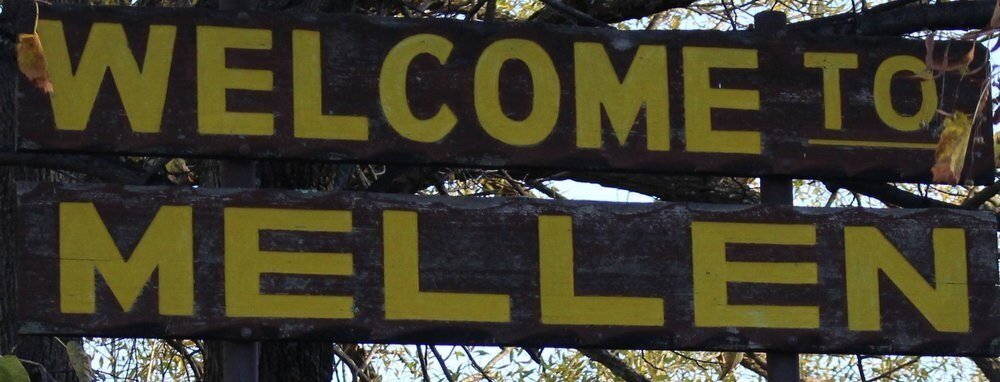Cryptid Profile: Camels of the American Southwest
In 1883 on an isolated ranch in southern Arizona, a house full of sisters awoke to begin the tasks of the day. The men of the house, their husbands, rode out early to check on the grazing cattle as well as the rest of the livestock. One of the sisters within the home took it upon herself to bring back buckets of water from the nearby spring so as the washing of clothes and bathing of children could be completed. As the lone sister made her way down to the water, out of view from the others in the house house, the remaining women carried on with their chores as normal.
Suddenly, shrieks of terror and calls for help rang out from the open wilderness and filled the full house. The women within immediately ran outside to help their desperate sister when they caught sight of a huge monster charging towards their farm. Hot on the heels of the beast was one of the farms dogs, barking and biting in an attempt to rid the area of the monster. The women ran back to the house and watched as the other dogs on the farm assisted in ridding the property of the huge mystery beast.
When the men eventually arrived back at the farm, the horrified women recounted the story of what had happened and told their husbands the last known location of their missing sister. The men rode off towards the spring where they discovered the lifeless body of the young woman. Her bones had been broken and her body was pressed into the dirt as if she had been trampled to death. Patches of reddish brown fur were present around the body.
Word quickly spread about the death of the young woman and of the monster that had caused it. Throughout Arizona, the monster became known as ‘The Red Ghost.’
The story above is cool and all, but does it have any basis in truth? And more importantly, what does it have to do with camels? Well, according to some, ‘The Red Ghost’ was actually a rogue camel that had been startled while drinking at the spring and had caused the unfortunate death of the young woman who had spooked it. Good theory right? But you may now be asking yourself how can this be possible seeing as how camels do not live in North America. Well listen up because this is the part where things get interesting.
In 1836, a Major in the US Army by the name of George H. Crosman recommended that the War Department use camels for transportation in the rapidly expanding southwest territory of the United States. The recommendation stalled until Jefferson Davis (yes, that Davis) was appointed Secretary of War in 1853. Davis was able to sell the idea of camels to President Franklin Pierce as well as Congress and on March 3rd, 1855, $30,000 was set aside for the soon to be United States Camel Corps.
On May 14th, 1856, thirty-four camels arrived in the United States at Indianola, Texas. As soon as the ship was unloaded, it was ordered to return to Egypt to purchase more. On February 10th, 1857, forty-one more camels arrived. Soon the camels were outfitted with their saddles and pack gear and sent off into the southwest to survey the land, explore the vastness of the territories, and help carry gear and supplies between new camps and settlements. Flash forward a few years and the Civil War breaks out. The states are divided and funding of projects is diverted and goes into the war effort. The Camel Corps begins to dwindle and an attempt was made to use the remaining camels as a way to carry mail between the New Mexico and California territories. This plan was not successful however as the camels proved to be difficult to handle. They often bit and spit at their handlers, fought with other livestock, and were extremely stubborn. In 1865, by the end of the Civil War, the United States had had enough with their remaining camel stock and decided to get rid of them in the best way possible, by letting them free into the Texas wilderness. The small herds made their way across the southwest and (according to some) set up small breeding populations.
Flash forward 18yrs later and we now arrive back at the unfortunate death of the Arizona sister. This accident very well could have been carried out by one of the original Camel Corps camels due to the fact that camels have a life expectancy of almost 50yrs. If one of the camels brought over was young enough upon arrival, it is completely within the realm of possibility that it could have survived the trip to the United States from Egypt, trekked the American Southwest, returned to Texas, and set free only to make its way to Arizona.
Other camel sightings began to pop up in other areas of the United States during the late 1800’s as well. Some Californians reported seeing small numbers of what appeared to be camels in the Mojave Desert. Other reports were made in New Mexico in the Chihuahuan Desert region. Camels also appeared to make their way into Utah as a few reported sightings filtered out from the Great Basin Desert. What is regarded as the “last reliable” sighting of a camel took place in Arizona in 1931, but regular reports of camel sightings persisted well into the mid 1950’s. The last “officially recognized” sighting of a camel within the United States took place in Douglas, Texas in 1941. The reason the 1941 sighting is considered the last officially recognized sighting is because the entire body of the camel was witnessed at relatively close range. Since then, witnesses have only seen obstructed views of the camels or the creature has been too far off in the distance to verify without a doubt that it was in fact a camel they were seeing.
Reports of camel sightings have continued on throughout the years with sightings be made in 60’s, 70’s, 80’s, 90’s and early 2000’s. Sightings are generally made by witnesses who are traveling down roads that run through desert areas when they happen to catch a glimpse of what appears to be a camel calmly strolling along off in the distance. Other sightings sometimes come from those exploring the desert while on foot. There have been reports made by those who have spent the day hiking, treasure hunting, and exploring the areas in and around one of the many abandoned mines that litter the American Southwest. They claim that what they have witnessed was not a horse or a mule off on its own, but rather a large animal with a humped back, long curved neck, and long thin legs. A description that sounds very much like that of a camel.
So, could camels still be roaming around the American Southwest? Possibly. The conditions and climate of the area are ideal for the survival of the species and the vastness of the deserts could easily keep something hidden from humans. But until the day comes where a camel comes walking into someones backyard or into a large city, the mysterious creature will remain just that, a mystery.
-The Pine Barrens Institute
*Image Credit: Google
Do you have a strange tale, family legend, or odd sighting you would like to report? Get in touch with us here to share what you know!
Want more monster stories in your life? If the answer is yes, then make sure to check out our book ‘Monsters In Print: A Collection Of Curious Creatures Known Mostly From Newspapers’, available now from Amazon!
Make sure to also check out our shop for official PBI shirts, totes, buttons, and stickers!































